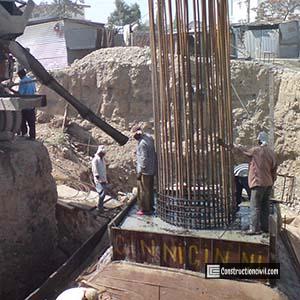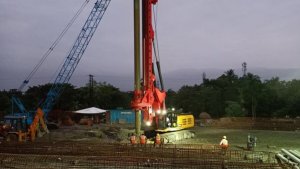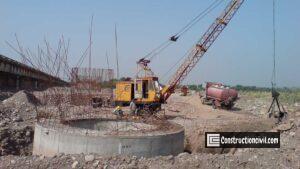What is Shallow Foundation?
A shallow foundation is a type of open foundation; it is suitable when the foundation soil has the sufficient bearing capacity within a short depth below the existing ground level. They require enough plan area to transfer the heavy axial loads to the subsoil. Shallow foundations are also known as footings. Construction of Footings are considered when the subsoil has moderately good strength, except for the raft foundation, which is also useful in relatively weak soil. Raft foundations are shallow foundations as they have a shallow depth compared to the deep foundation, but the depth of the raft foundation is much larger than those of other types of shallow foundations.
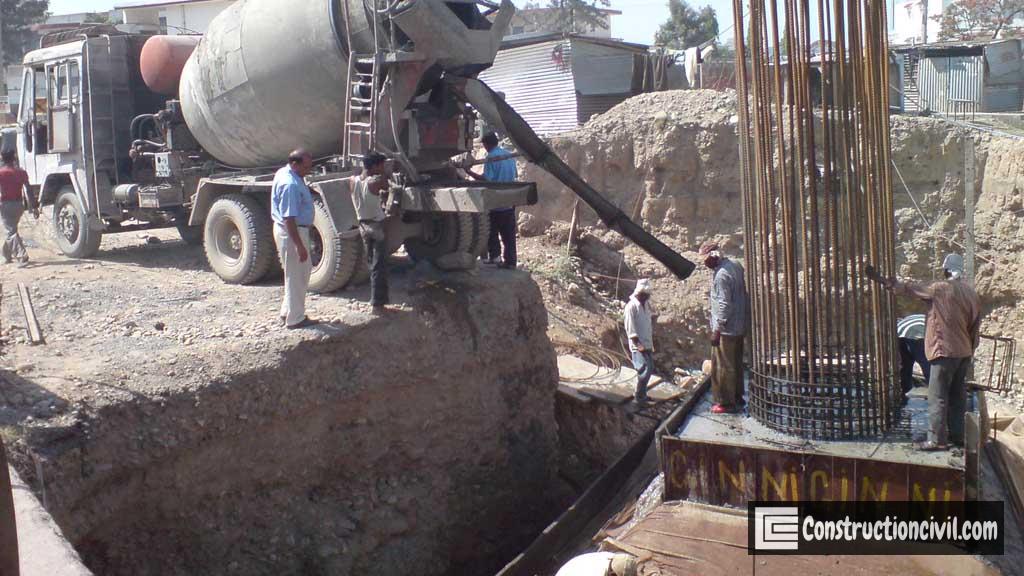
Also, Read: Types of Deep Foundation in Civil Engineering
Shallow Foundations Types:
Spread Footing (Width < 6.00 m):
Spread footing is the type of shallow foundation where the structural members are used to support the column, pier and walls as well as transfer and equally distribute the load getting on the structure to the foundation soil. Spread footings are generally adopted for the below-mentioned structure.
- Major and minor bridges
- Box and slab culverts (pre-cast and cast-in-situ)
- The headwall of the RCC pipe culvert
- Retaining wall along the road either on hillside or valley side
Raft Foundations (Width >= 6.00 m):
The raft foundation is known as mat foundation, which is a continuous slab covering the entire area and resting on the foundation soil, thereby supporting the structure and transmitting load to the soil strata. Raft Foundations are generally adopted for the below-mentioned structure.
- Major and RCC Box Minor Bridges
- RCC Box and Slab Culverts
- RCC Box Structure for Vehicular Underpass (VUP)
- RCC Box Structure for Pedestrian/Cattle Underpasses (PUP / CUP)
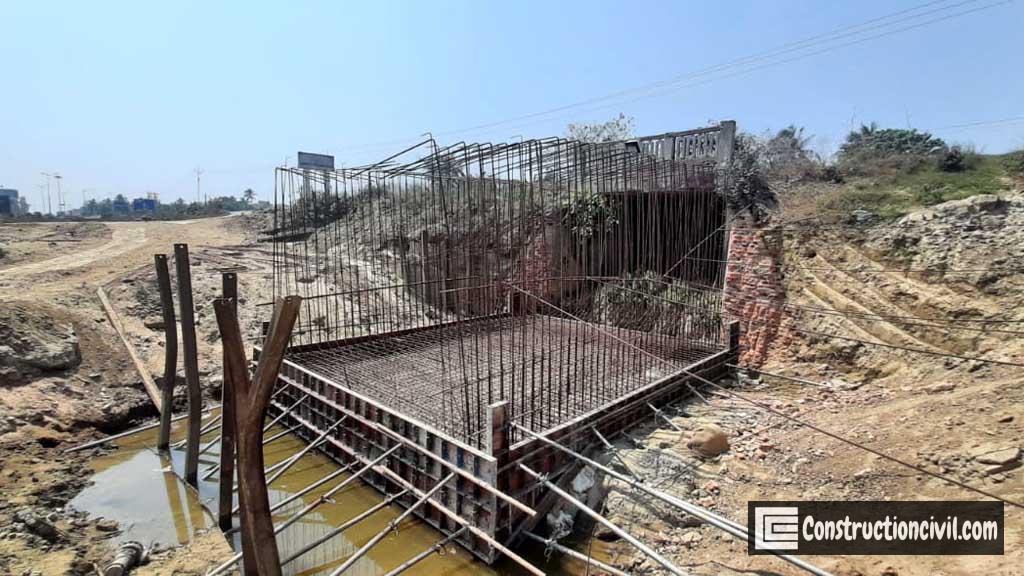
Also, Read: Construction of pile foundation by Rotary Method
Foundation Shape, Size and Depth :
- The shape of the foundation varies based on the Site condition and Structural requirement.
- The size of the foundation depends on sub-surface profile and properties, site condition, structural requirement etc.
- The depth of the foundations is calculated based on the sub-surface profile, structural requirement, position of GWT, scour level etc., and as per IS:1904 & IRC:78: 2014
- In the case of soil strata founding level should be a minimum of 2.00 m below scour level or protected bed level, and for other types of structure, minimum of 2.00 m below original ground level (OGL) for bridges.
- In the case of rock strata, the founding level should be a minimum of 1.50 m below for soft rock and 0.600 m below for hard rock(>12.5 MPa).
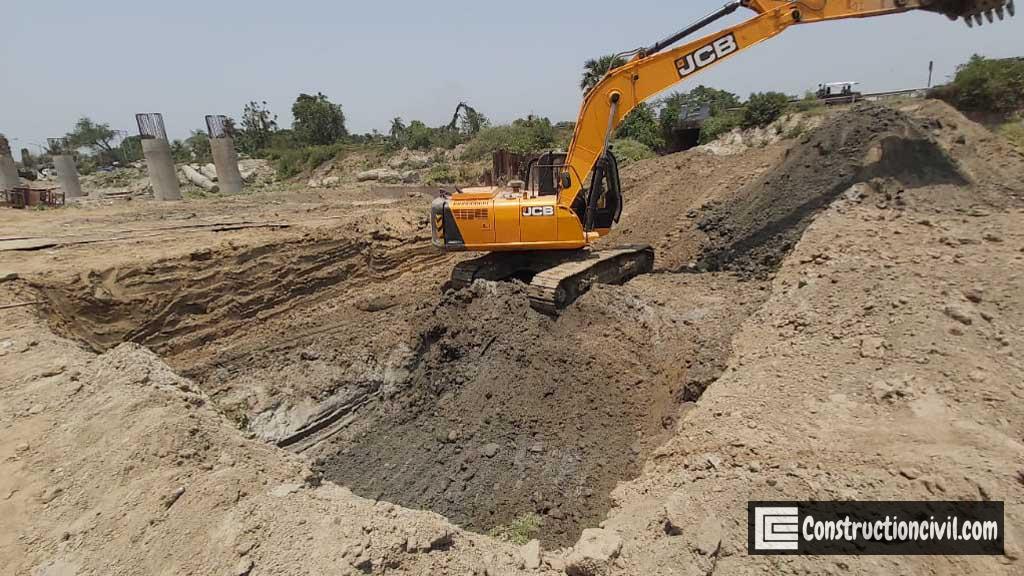
Also, Read: Construction of Pile Foundation by Direct Mud Circulation Method – DMC Pile
Design Consideration:
The following considerations should be adopted for the design and construction of isolated footings and, where applicable, combined footings and rafts.
- The open foundation is suitable for stratum, which is inerodible or known maximum scour depth. Suppose the foundation is under maximum scour depth level. In that case, protection work like a flexible or rigid apron, gabion, cut-off walls or/and launching aprons is mandatory to protect the foundation from the scouring effect.
- As per IRC 78:2014, a limiting value of the ratio of depth to length/width of footing is equal to 1:3.
- Based on the above for sloped types footings, the depth effective at the critical section is the minimum depth of footing plus 1/3 of the distance between the outer edge of the footing to the critical section for the design of the footing.
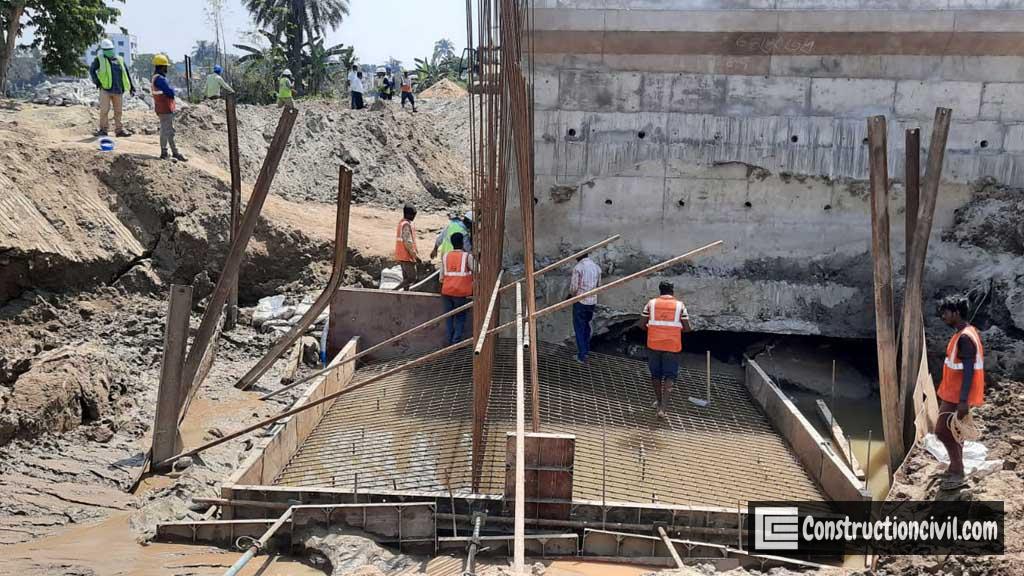
Also, Read: Construction of Well Foundation – Step by Step Procedure
Construction of footings:
Pre-construction activities for the construction of footings:
- All the protection works must be completed before the flood season to protect the foundation from scouring.
- As per the guidelines in the IS:3764, after taking necessary safety precautions, excavation for construction of footings is to be completed.
- In the case of rock strata where blasting is required, necessary precautions such as controlled blasting, providing suitable mat cover to prevent the flying of debris, etc., should be taken for adjacent existing foundations of the structure, if any are present.
- Commonly, footing foundations should be construed in dry conditions, so if there is any present water, dewatering should be appropriately done with the help of pumping or depression of water by making a sump near the foundation.
- When it is impossible to construct the footing in dry conditions or where the percolation of water is unavoidable, the foundation concrete may only be allowed with the help of a tremie pipe.
Also, Read: Elastomeric Bridge Bearing – Advantages & Limitations
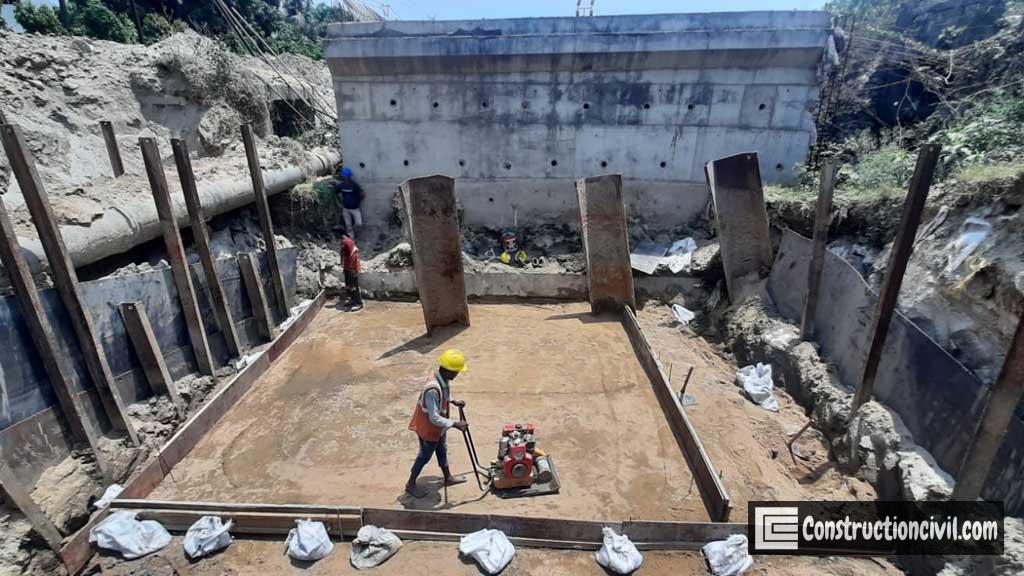
Also, Read: What is Well Foundation? – Types & Components of Well Foundation
Construction of Footings Procedure:
- Before the construction of footings starts, a levelling course(PCC) of specified thickness, typically 100mm, should be provided below the foundation.
- Coordinates for every corner of the foundation shall be worked out for longitudinal and transverse centerlines before the start of the construction of footings. The required foundation points shall be marked at locations per the relevant structural drawings with the Total Station(TS).
- The setting out of required foundation positions shall be carried out by a qualified surveyor for every corner and pier or column center location.
- After foundation layout markings, reinforcement placing and binding started as per the approved bar bending schedule(BBS) and construction drawings.
- The work should be checked and approved before starting the formwork fixing, and the formwork should be fixed as per the approved formwork scheme after the completion of reinforcement binding work.
- Before concreting, formwork alignment should be checked as per formwork drawings, and if found satisfactory, concreting can be allowed. The foundation concreting will be completed with the help of a Chute or concrete pump as per the availability and site requirements.
- In the case of the continuous flow or artesian springs, try to stop or restrict the flow during concrete placing, and pumping of water shall not be allowed from the time of placing up to 24 hours after concrete placement.
- Aside from foundation areas, excavated balance portions should be filled with appropriate or approved backfill material up to the original ground level after the construction of footings.
- Backfill material should be well completed, and the top surface shall be appropriately levelled.
- In the case of rock strata, the trenches around the footing after construction of footings should be filled-up with plain cement concrete or by boulders grouted with cement up to the top of the original rock surface.
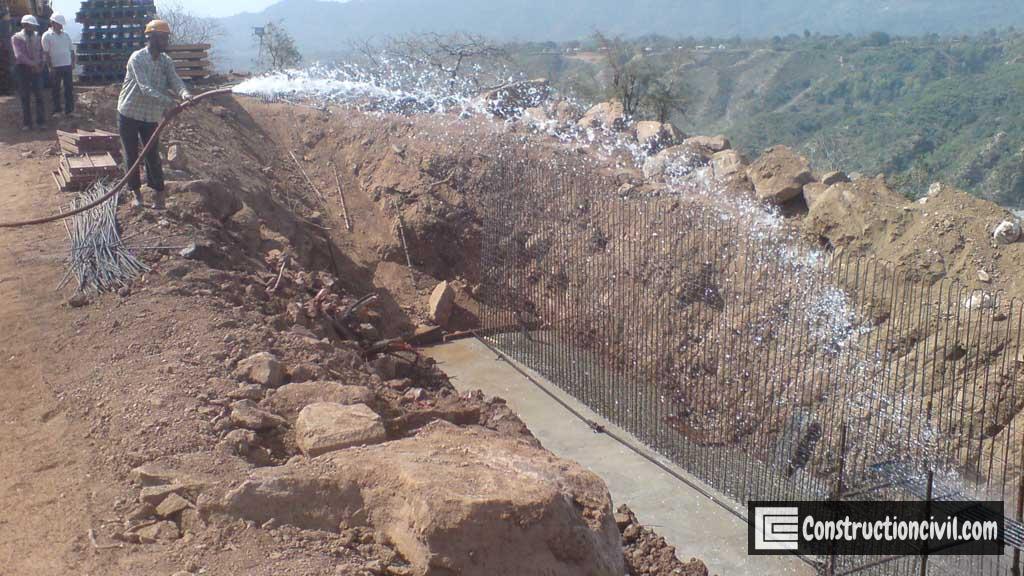
Also, Read: Types of Bridges Based on Span, Materials, Structural Arrangement etc.
Soil Bearing Capacity for Construction of Footings:
If it is required to improve the safe bearing capacity to the required design safe bearing capacity, ground treatment in the form of replacement of top weak soil with compacted granular soil(sand/gravel) blanket of the desired thickness or any other treatment like stone column etc. may be adopted below the proposed funding level of the structures before start of construction of footings.
